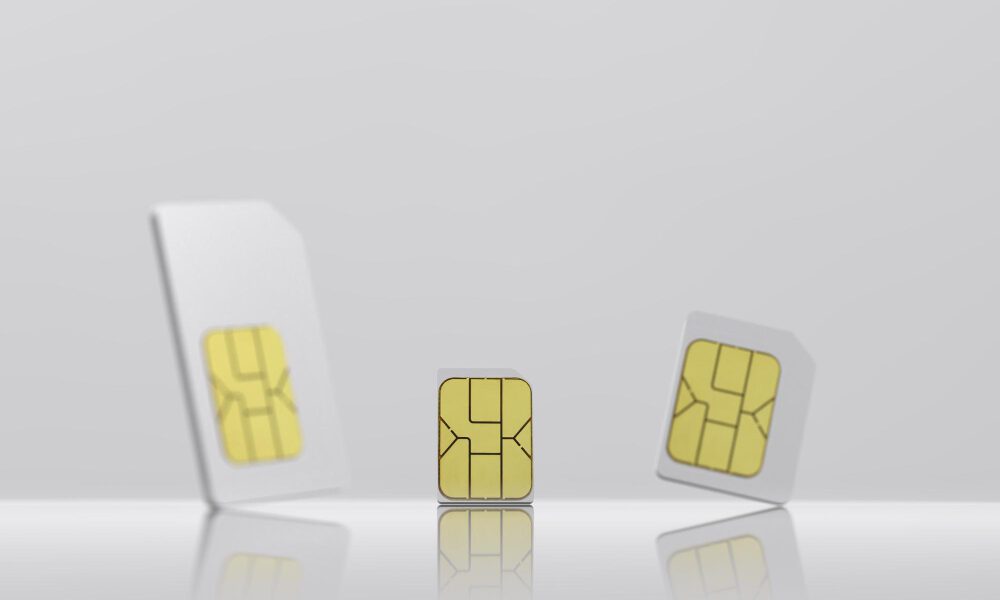Is eSIM Better Than Physical SIM? Pros, Cons & Differences

As phone manufacturers move to eSIM technology, traditional SIM cards are rapidly being replaced. Now, more than ever, travelers are interested in this change when traveling to the most visited point on the map – the UK, where UK eSIM is gaining momentum.
The new, but not so sudden, shift has users debating which SIM form is better. Is it the eSIM or the physical SIM? Well, let’s find out as we discuss the pros, cons, and differences between both SIMs.
What Is an eSIM?
eSIM is short for Embedded SIM. It is a digital SIM programmed into your mobile device, mostly newer versions. The eSIM allows you to store contact information, make calls, access the internet with your mobile data connection, and many more. The virtual SIM is designed to perform almost all the functions of a plastic SIM card.
eSIM vs. Physical SIM: The Difference
There are a few distinctions between the traditional SIM card and the virtual SIM.
-
SIM forms
The physical SIM is a tangible plastic card that comes in three different sizes: standard, micro, and nano. Virtual SIMS, on the other hand, are embedded in your mobile device.
-
Switching Carriers
With an eSIM, you can switch carriers by selecting the carrier of your choice and updating it via software. For physical SIMs, you always need to swap SIM cards.
-
Storage Capacity
Physical SIM cards have a storage limit for saving contact information, text messages, and other private data. The storage capacity for the eSIM is linked to your mobile device and is stored in its memory.
The Pros and Cons of eSIM Technology
eSIM technology is unarguably advanced technology. It has a lot of features that solve modern mobile communication problems. However, it still has some downsides. Let’s discuss.
Pros of eSIM
- Switch carriers easily: eSIM technology has streamlined how we switch carriers. Unlike physical SIM cards, you no longer have to worry about staying connected when you travel. All you have to do is install the network information into your eSIM, you don’t have to swap or remove SIMs.
- Multiple carrier profiles: With eSIMs, users can open multiple carrier profiles and switch between networks and services before making any long-term commitments. It is quite different from physical SIM cards. They only accept one carrier profile at a time. If you ever want to switch between networks, you’d have to get a new SIM card for your preferred network carrier.
- Enhanced security: Attackers can’t easily access your private data in cases where your phone gets missing or stolen. They first have to get through your password-protected device, offering you more security. Physical SIM cards, on the other hand, give attackers access to your private data as long as they get a hold of it.
- Durability: eSIMs are not damaged easily. They last just as long as your mobile device is in good condition. Physical SIM cards can scratch, break, and become missing easily.
Cons of eSIM
- Limited device compatibility: Not all phones have eSIM technology, so users who want to access this feature have to buy newer phone models. The case isn’t the same for physical SIM cards; they have wider device compatibility.
- Limited network options: Some network carriers do not support eSIM, and this may vary across countries, leaving you without a mobile connection if you visit these countries. However, all network carriers support physical SIM cards, which are always a great alternative in such situations.
- Complex setup: The eSIM activation process is not so straightforward. It requires navigating through phone settings and scanning QR codes, which may be quite challenging for some users. With SIM cards, all you have to do is get one that fits the provided slot and insert it.
Conclusion
To end this debate, eSIMs offer more advantages over physical SIM cards. While they both have their weaknesses, users prefer eSIMs for their security and convenience.





